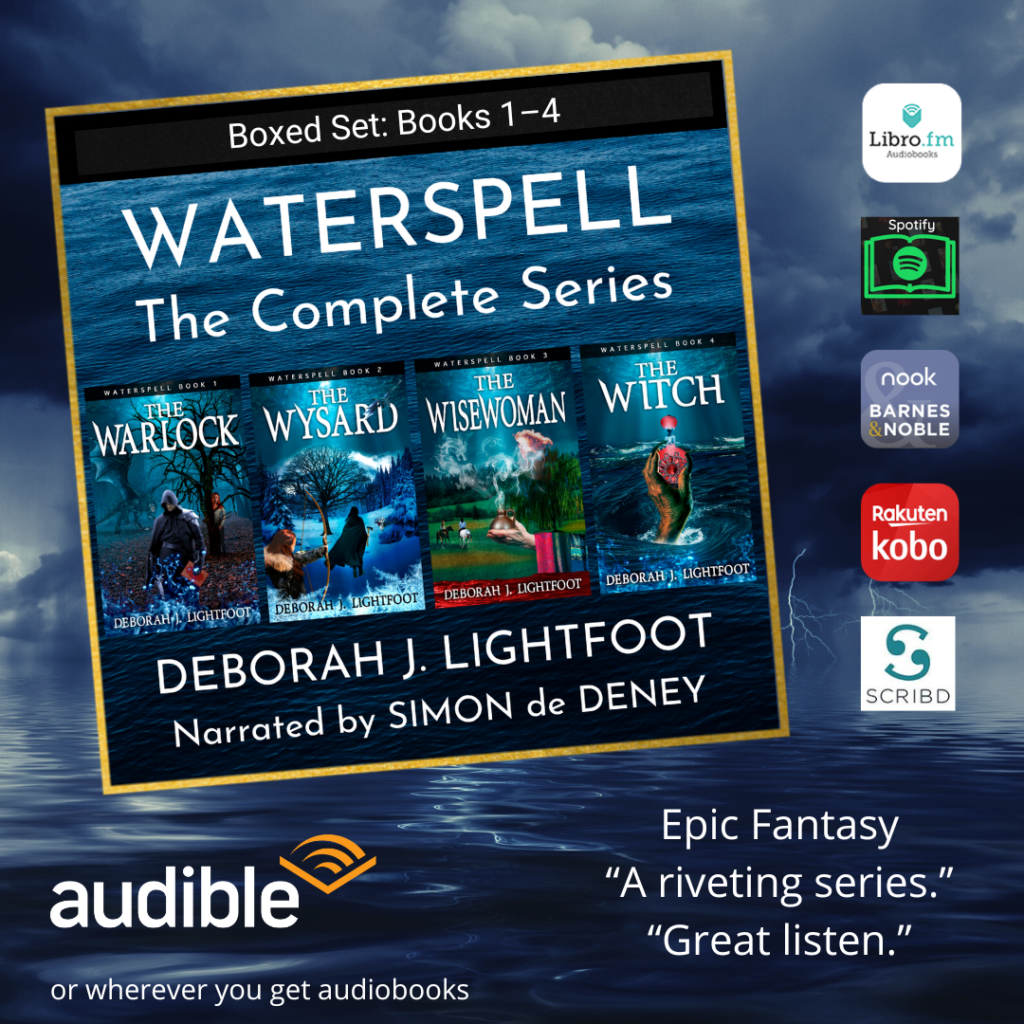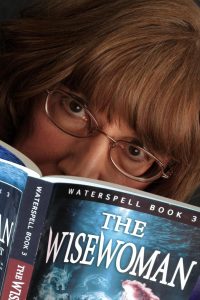Middle-Earth and Narnia: How J.R.R. Tolkien and C.S. Lewis Invented Modern Fantasy
I found this presentation by Professor Harry Lee Poe (Union University) so enjoyable, I watched it twice. The second time through, I took notes, some of which I’ll share here. Any fan of Tolkien or Lewis will do well, however, to pay the $12 registration fee for unlimited access to the full lecture. Prof. Poe provided an enlightening overview of how Tolkien and Lewis related to one another in developing modern fantasy. Their works spawned an entire field of storytelling.
Among Poe’s points:
- The Lord of the Rings is a three-volume book. It’s not a trilogy.
- The Ring of the Nibelungen was Tolkien’s inspiration.
- Lewis served as “the great encourager,” urging Tolkien to write his stories of Middle-Earth. Lewis gave Tolkien the idea for “the wound that would not heal” as well as the basic structure of the “journey story” — there and back again.
“In the journey story,” Poe said, “the hero risks all, ventures all, travels to the end of the world to do the great deed, and having accomplished the great deed on this fabulous quest, having fought all the foes, he returns a changed person.” (Sound familiar?)
For Watching & Reading …
I’m behind on my movie-viewing. Prof. Poe mentioned these films, only one of which I’ve seen:
- Tolkien, 2019
- Shadowlands, 1985
- The Chronicles of Narnia: The Lion, the Witch and the Wardrobe, 2005
- The Chronicles of Narnia: Prince Caspian, 2008
He also mentioned the Scottish author George MacDonald, whom Wikipedia describes as a pioneering figure in the field of modern fantasy literature and the mentor of fellow writer Lewis Carroll. Clearly, I need to spend some time with MacDonald’s books, and catch up on all the movies I missed while I was absorbed in my own fantasy worlds.
My thanks to Professor Poe for his valuable overview of Where Middle-Earth Met Narnia.












